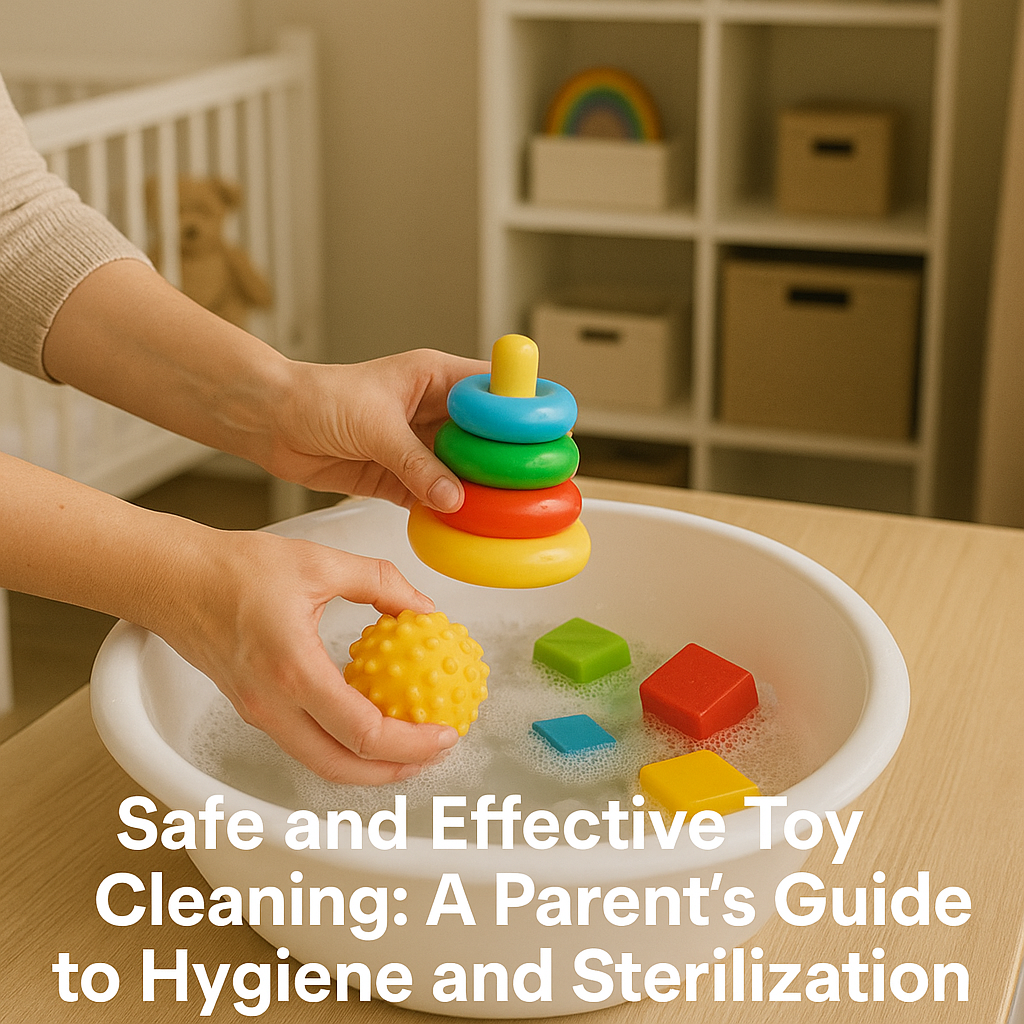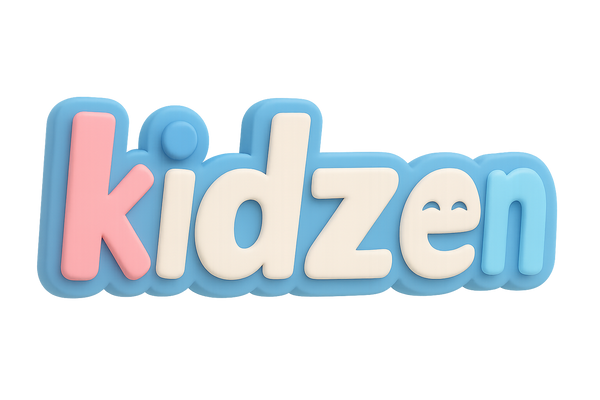
Safe and Effective Toy Cleaning: A Parent’s Guide to Hygiene and Sterilization
Share
Children explore the world with their hands and mouths, which means toys can quickly become hotspots for germs, bacteria, and even viruses. Proper toy hygiene is more than a matter of cleanliness—it plays a vital role in preventing infections and supporting a child’s overall health.
🦠 Why Toy Hygiene Matters
Toys, especially those handled by toddlers and preschoolers, are prone to contamination. Shared toys in daycare centers and playdates can carry pathogens that contribute to respiratory infections, gastrointestinal illness, and skin irritations.
A 2020 study published in the American Journal of Infection Control found that regular disinfection of frequently touched toys reduced the spread of respiratory viruses in childcare environments by 37% (Stebbins et al., 2020).
🧼 How to Clean Toys Based on Material
-
Plastic & Silicone Toys
-
Wash with warm water and mild soap.
-
For extra disinfection, soak in a diluted bleach solution (1 tablespoon per liter of water) for 2 minutes, then air-dry.
-
-
Stuffed Animals & Fabric Toys
-
Machine-wash in hot water if safe.
-
For non-washable items, use a garment steamer or a UV sanitizer to kill bacteria.
-
-
Wooden Toys
-
Wipe with a vinegar-water solution (1:1) and dry immediately.
-
Avoid soaking, as water can warp or crack the wood.
-
-
Electronic Toys
-
Use alcohol wipes (70% isopropyl) on hard surfaces.
-
Avoid spraying liquids directly to protect circuits.
-
🌿 Safe and Natural Sterilization Options
-
Steam cleaners or bottle sterilizers for heat-safe toys.
-
UV-C light sanitizers for small items like pacifiers or teethers.
-
Natural agents like vinegar or baking soda for mild, eco-friendly cleaning.
💡 Practical Cleaning Schedule for Parents
-
Daily: Wipe down frequently mouthed toys.
-
Weekly: Wash soft toys and hard surfaces thoroughly.
-
After Playdates or Illness: Fully disinfect shared or high-touch toys.
🌱 Takeaway
Keeping toys clean doesn’t have to be complicated. A consistent cleaning routine reduces infection risks and creates a healthier play environment. By combining soap-and-water cleaning with safe sterilization methods, parents can protect their child’s health without harsh chemicals.
